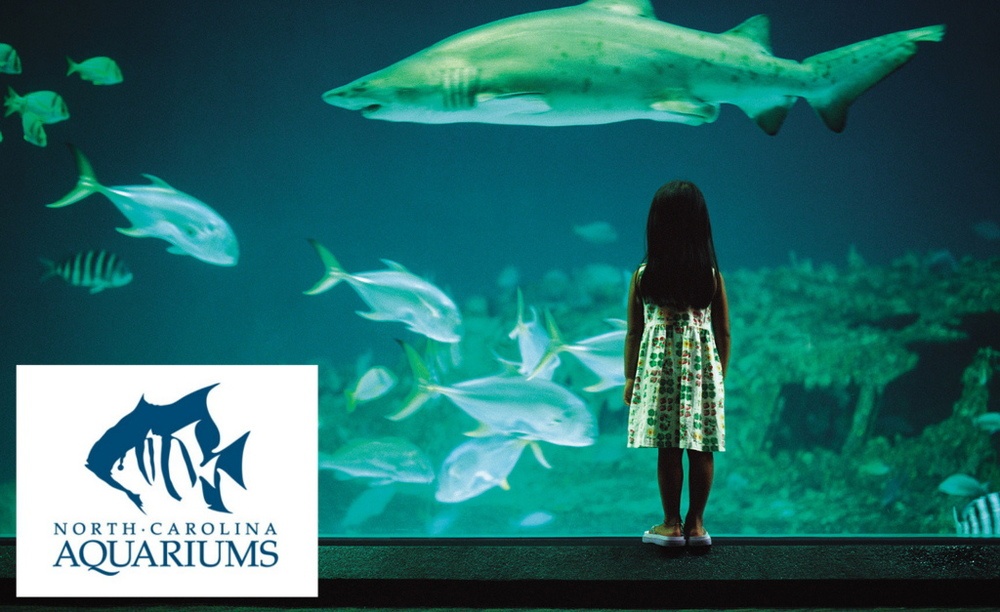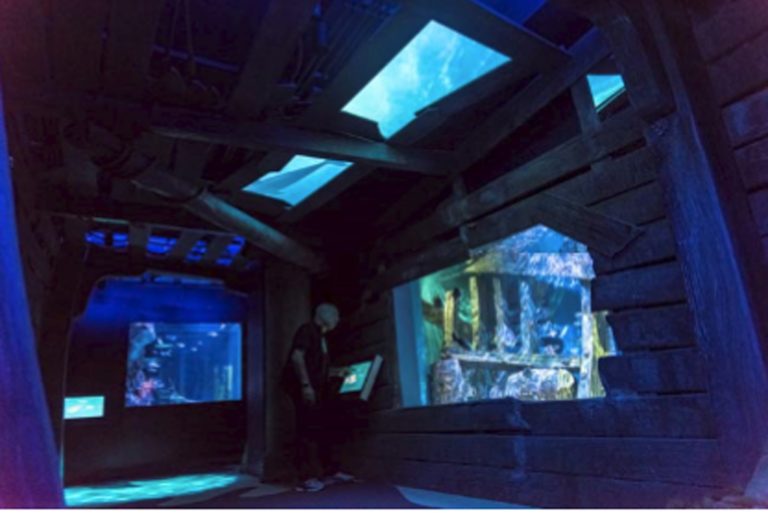

Additionally, you’ll see an old favorite, Maverick, the rescued bald eagle. Albino alligators usually do better in protected areas as they often don’t survive well in the wild.Ī new exhibit also houses a family of otters rescued recently and are now safe in the conservation. You will find frogs, snakes, fish, and more in this tree-filled atrium.Īdditionally, the conservatory made room in 2019 for Luna, a rare albino alligator.

The first stop in the self-guided tour takes you to the Cape Fear Conservatory, which houses hundreds of the species of the Cape Fear River ! The conservatory replicates the river banks with its many mini-ecosystems such as ponds, trees, streams, and swamps, making the animals feel at home. Let’s take a closer look at some of our favorite areas you can experience while visiting! You start with the freshwater exhibits, followed by saltwater exhibits in the Marine Building, concluding with the Adventure Reef’s outdoor exhibit.
#Phototime nc aquarium how to
Keep reading to find out everything you need to know to make the most of your day or jump below to learn about how to get there and getting tickets.ĭid you know that the North Carolina Aquarium at Fort Fisher is ranked among the top aquariums in the world? When you enter, you’ll notice that there are several different sections of exhibits and animals! All exhibits are also fully accessible for everyone, and the two floors have elevators and stairs.

But, we recommend taking the 35-minute ferry ride from Southport to add even more fun to your excursion! For those of you staying on Oak Island, it’s about an hour’s drive away. Mild temperatures are also necessary, but not sufficient, for meiosis and spermiogenesis, because these processes also require long photoperiods.Are you looking for a day out with your family and friends to discover the North Carolina coast? The Fort Fisher Aquarium is a place where all ages can enjoy themselves! It is educational and fun for the littles, with lots to see and do for the adults as well. These results suggest that mild temperatures are necessary and sufficient for spermatocyte formation. Testes in groups III and IV were similar to those of the initial controls except for increased volumes of primary and secondary spermatogonia. The testes of group II fish were similar to those of the initial controls except for an increased volume of primary spermatocytes. Final controls and group I testes had complete spermatogenesis with fewer spermatocytes and round spermatids and more elongated spermatids and spermatozoa than the initial controls. Initial controls showed complete spermatogenesis. At the end of the experiment, their testes were studied by histologic quantitative methods and compared with those of initial and final field controls. Adult male Gambusia affinis were collected at the beginning of the spermatogenesis period and placed into four groups which were subjected in the laboratory to the following experimental conditions of temperature and photoperiod for two months: Group I: 18 C and 16L:8D group II: 18 C and 8D:16L group III: 8 C and 16L:8D and group IV: 8 C and 8L:16D.


 0 kommentar(er)
0 kommentar(er)
